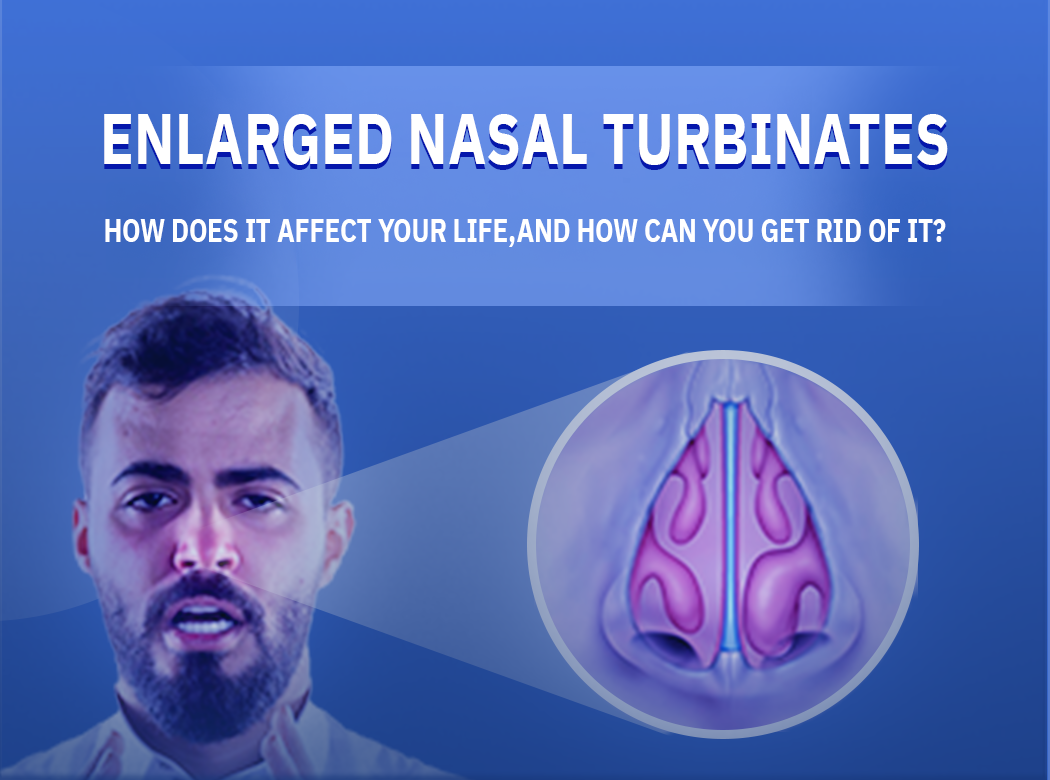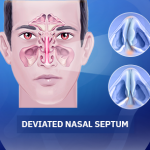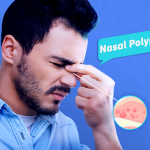Nasal Turbinates
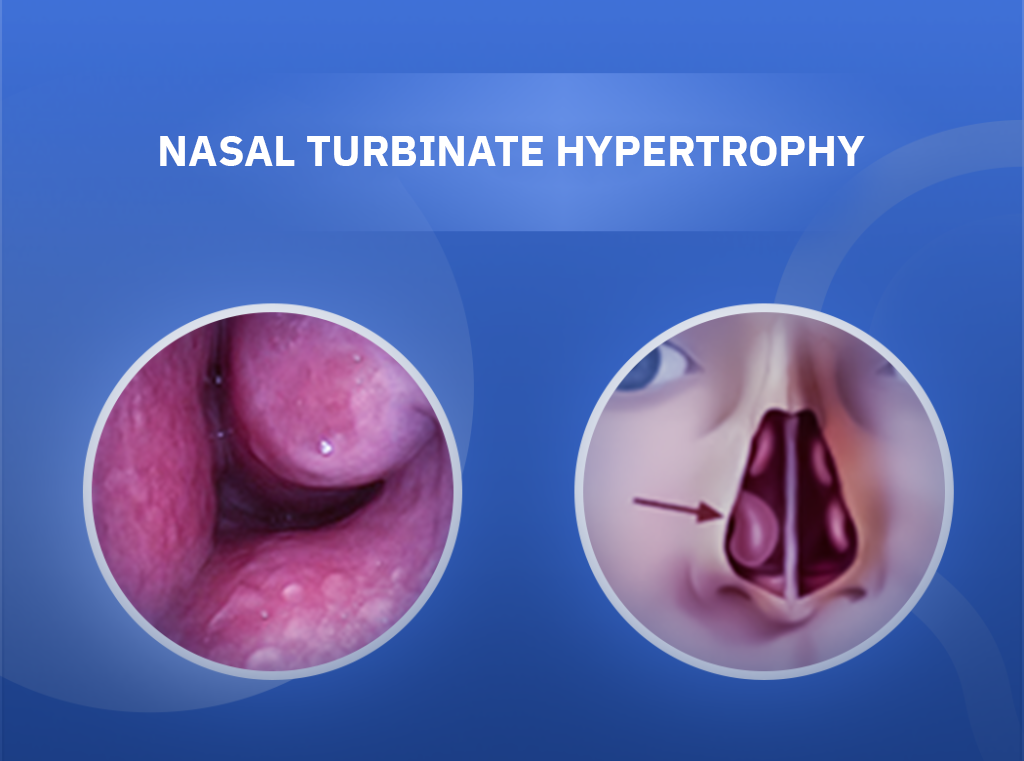
While ear tubes are an effective solution for fluid buildup in the middle ear, issues like Nasal Turbinates can also contribute to ear pressure and discomfort. When fluid accumulates, it can significantly impair hearing. Ear tubes help treat this issue safely and reduce the discomfort experienced by the patient. However, they are only used in specific cases. Keep reading to learn more about the uses of ear tubes and when they become necessary.
Have you ever woken up in the middle of the night feeling like you’re drowning, struggling to catch your breath?
This distressing sensation may be caused by enlarged nasal turbinates, a condition where the nasal passages become narrow, making it difficult to breathe freely.
In this article, we will guide you through the details of inferior turbinate hypertrophy, its symptoms, causes, and available treatment options.
- What Is Turbinate Hypertrophy?
- Types of Nasal Turbinates
- Causes of Turbinate Hypertrophy
- Symptoms of Turbinate Hypertrophy
- Treatment Options
- Complications of Untreated Turbinate Hypertrophy
- Tips for Managing Turbinate Hypertrophy
- When to See a Doctor?
What Is Turbinate Hypertrophy?
Turbinate hypertrophy is a medical condition that leads to the enlargement of the bony structures inside the nose, narrowing the nasal passages. These structures, also known as nasal turbinates, play a crucial role in humidifying and warming inhaled air. However, when they become enlarged, they obstruct airflow and cause breathing difficulties.
Types of Nasal Turbinates
Turbinate hypertrophy is a medical condition that leads to the enlargement of the bony structures inside the nose, narrowing the nasal passages. These structures, also known as nasal turbinates, play a crucial role in humidifying and warming inhaled air. However, when they become enlarged, they obstruct airflow and cause breathing difficulties.
1. Inferior Turbinate
This is the largest of the turbinates. It plays a role in draining tears from the eyes through the nasolacrimal duct. Inflammation can lead to its hypertrophy, usually treated with corticosteroid nasal sprays. If medical treatment fails, ENT specialists may recommend surgery to remove excess tissue.
2. Middle Turbinate
Responsible for directing airflow that affects voice resonance and draining mucus from the anterior and superior sinuses. Its enlargement is often due to air-filled cavities known as concha bullosa, a congenital condition. Treatment typically involves surgical intervention.
3. Superior Turbinate
Helps in directing airflow and contains nerve endings critical for the sense of smell. Any dysfunction here may result in impaired olfaction (loss of smell recognition).
Causes of Turbinate Hypertrophy
Multiple factors can lead to turbinate enlargement, most of which are associated with respiratory system issues. It may also coexist with other nasal deformities such as a deviated nasal septum.
Common causes include:
- Pregnancy
- Hormonal changes
- Common cold or influenza
- Chronic sinus infections
- Respiratory tract infections
- Environmental irritants
- Seasonal allergies or allergic rhinitis
- Congenital abnormalities (e.g., concha bullosa)
- Overuse of decongestant medications
Symptoms of Turbinate Hypertrophy
Symptoms typically appear due to nasal airway obstruction and may resemble those of a common cold or deviated septum. These include:
- Difficulty breathing through the nose
- Noisy breathing or snoring
- Frequent nosebleeds
- Nasal dryness
- Facial pain or pressure
- Forehead tightness
- Nasal congestion and discharge
- Loss of smell
- Dry mouth upon waking
Treatment Options
Treatment aims to reduce turbinate size and relieve nasal obstruction. The approach depends on the underlying cause.
Management may include:
- Stopping the use of nasal decongestants
- Avoiding known allergens (dust, pet dander)
- Using antihistamines and saline sprays
- Surgical interventions if conservative measures fail
Surgical options:
- Partial turbinate resection
- Submucosal reduction
- Radiofrequency ablation
- Endoscopic sinus surgery (for concha bullosa)
Complications of Untreated Turbinate Hypertrophy
If left untreated, this condition may lead to:
- Chronic nasal obstruction
- Sleep disturbances (e.g., sleep apnea)
- Increased risk of sinus infections
Early diagnosis and treatment can help avoid these complications and restore normal breathing function.
Tips for Managing Turbinate Hypertrophy
- Follow your doctor’s instructions regarding nasal sprays and medication.
- Use a humidifier to keep nasal passages moist.
- Try saline nasal drops for clearing mucus.
- Avoid smoking.
- Eliminate allergens like mold and dust from your environment.
By following these tips, symptoms can be managed, and complications can be minimized.
When to See a Doctor?
If cold or sinusitis symptoms persist for more than a week, consult a physician. Most viral infections resolve within that time. Sinus infections can often be treated with antibiotics. Seek urgent care if you experience:
- Swelling around the eyes
- Difficulty focusing or visual disturbances
- Severe headaches unresponsive to over-the-counter medications
These may indicate a sinus infection spreading to surrounding tissues.
In conclusion, turbinate hypertrophy is more than a simple nuisance—it can significantly affect quality of life. Fortunately, medical advances offer effective treatments. If you suffer from this condition, consult an ENT specialist to explore the best treatment plan for your needs. Remember: your health is your most valuable asset.
